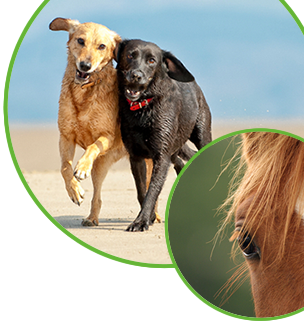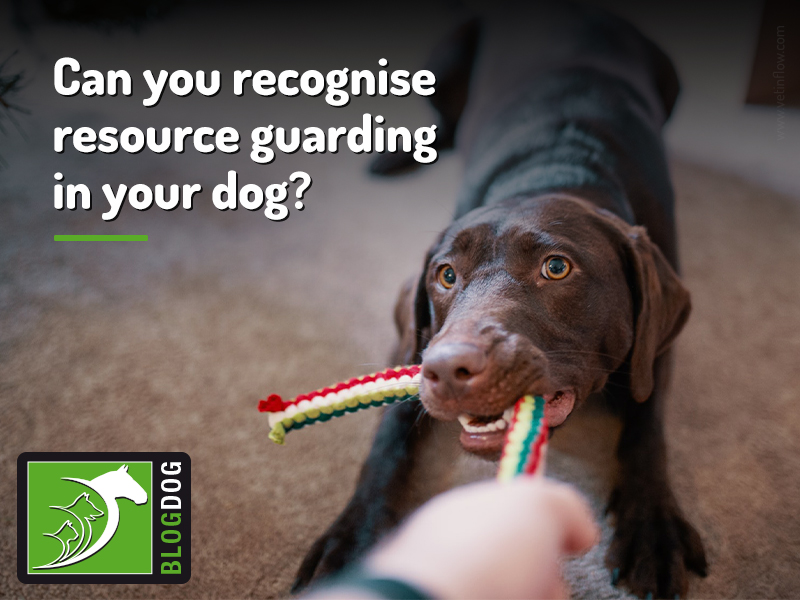
Can you recognise resource guarding in your dog?

Has your dog ever growled at you for picking up their favourite toy?
Several situations and even medical conditions can cause a dog to be aggressive. Today, we'll be going over one of them, called resource guarding.
What sort of things may trigger resource guarding?
Some of the most common examples of items associated with possessive guarding behaviour include:
- Food in your pet's bowl;
- Food that was dropped or stolen;
- Treats;
- Toys;
- Bedding or space in beds/sofas.
However, your dog might try to control access to anything he or she deems valuable.
What is the root cause of this type of issues?
There's a very important period in puppies' development, between three weeks and three months of age approximately, when they learn a number of important behaviours from their mum, littermates as well as interacting with their environment.
During this period, young dogs are prone to some degree of possessive and attention-seeking behaviours as they grow and explore their boundaries and the world around them.
As they reach adulthood and mature, however, they learn that there are better ways to play and get attention from their family.
When this learning process is not encouraged, resource guarding has the chance to become highly disruptive.
Usually, dog owners can easily identify aggressive behaviours related to highly valued items, such as growling, snapping or lunging.
However, recognising more subtle signs is just as important to try and avoid the development of overt conflict.
Learning to recognise possessive behaviour in all forms, even the milder ones, will also help you decide if veterinary assistance is needed.
Beyond snapping and growling, you should also pay attention to:
- Grabbing the high-value item, running away and evading contact when chased;
- Being overly vigilant or fearful when there are movements if your pet is in possession of the item;
- Freezing, standing over or blocking the item from whoever tries to approach it;
- Eating stolen food very quickly to avoid anyone having the chance to intervene.
These behaviours may be more difficult to recognise but should always be addressed as they can evolve into serious problems such as generalised anxiety or aggression.
If you are concerned about your dog or are struggling to manage unwanted behaviours, speak to your vet. They will see if there is an underlying disease that might be causing aggression and will work with you to solve this problem!
Would you like to know more about dogs? Check our Canine Courses:
Canine courses
Published: 07 Jul 2021
Read the previous article: The dangers of heatstroke

